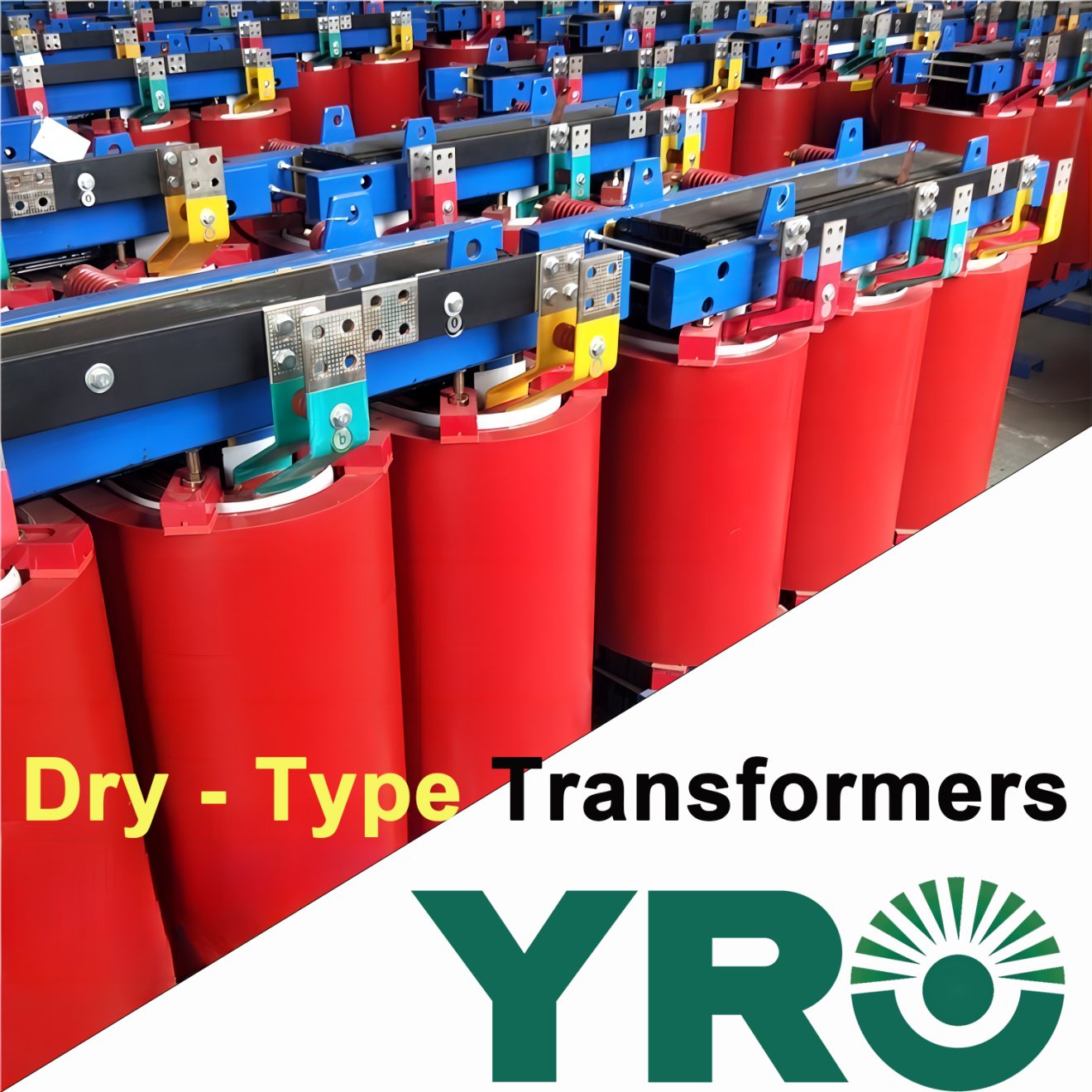let’s dive into the workings of a dry-type transformer and discuss the underlying knowledge principles.

Dry-Type Transformer:
A dry-type transformer is an electrical transformer that operates without the use of insulating liquid or oil. Instead, it uses high-temperature insulation systems such as epoxy resin to insulate the windings and core.
Working Principle:
Transformer Basics:
- Transformers work on the principle of electromagnetic induction. They consist of two or more coils of insulated wire wound around a core made of ferromagnetic material.
- When an alternating current (AC) flows through one coil, known as the primary coil, it creates a changing magnetic field around the coil.
- This changing magnetic field induces a voltage in the other coil, known as the secondary coil. The induced voltage depends on the ratio of the number of turns in the primary and secondary coils.
Insulation:
- In a dry-type transformer, the windings and core are encapsulated in epoxy resin or other high-temperature insulation materials.
- This insulation prevents direct contact between the windings and core, as well as protects them from environmental factors such as moisture, dust, and chemicals.
Cooling:
- Dry-type transformers rely on natural or forced air circulation for cooling.
- Ventilation ducts and cooling fans facilitate the airflow around the windings and core, dissipating heat generated during operation.
- This cooling mechanism helps maintain the transformer’s temperature within safe limits, ensuring efficient operation and longevity.
Knowledge Principles:
Electromagnetic Induction:
- The functioning of a dry-type transformer is based on the fundamental principle of electromagnetic induction, which describes how a changing magnetic field induces an electromotive force (voltage) in a nearby conductor.
- Understanding electromagnetic induction is crucial for designing, operating, and troubleshooting transformers.
Insulation Materials:
- Knowledge of insulation materials and their properties is essential for selecting suitable materials for encapsulating the windings and core in dry-type transformers.
- Factors such as temperature resistance, dielectric strength, and environmental durability influence the choice of insulation materials.
Heat Dissipation:
- Effective heat dissipation is critical for maintaining the optimal operating temperature of a transformer.
- Knowledge of heat transfer mechanisms, airflow dynamics, and thermal management techniques is essential for designing cooling systems that ensure reliable performance and prevent overheating.
Safety and Environmental Considerations:
- Dry-type transformers offer advantages in terms of safety and environmental impact compared to oil-filled transformers.
- Understanding safety standards, regulations, and environmental requirements is essential for the design, installation, and operation of dry-type transformers in various applications.
By comprehensively understanding these knowledge principles, engineers and technicians can design, manufacture, and maintain dry-type transformers that meet performance, safety, and environmental standards.
Conclusion
Overall, YRO dry-type transformers offer a reliable, safe, and environmentally friendly solution for various power distribution and electrical infrastructure needs, making them a preferred choice for many applications.



